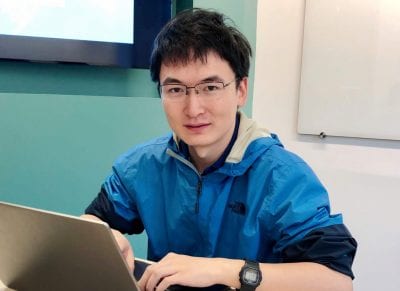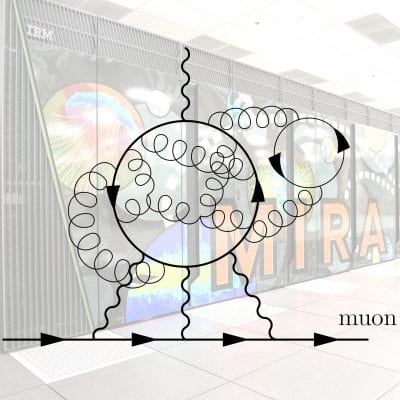
Professors Tom Blum and Luchang Jin, along with colleagues at BNL and Columbia, Nagoya, and Regensburg universities have completed a first-ever calculation of the hadronic light-by-light scattering contribution to the muon’s anomalous magnetic moment with all errors controlled. The work is published in Physical Review Letters as an Editor’s Suggestion and also appeared in Physics Magazine. A recent press release from Argonne National Lab described the calculation, which was performed on Mira, Argonne’s peta-scale supercomputer.
The team found the contribution is not sufficient to explain the longstanding difference between the Standard Model value of the anomalous magnetic moment and the BNL experiment that measured it. The discrepancy, which could indicate new physics, should be resolved soon by a new experiment at Fermilab (E989) and improved theory calculations, including the one described here, both with significantly reduced errors. E989 is set to release their first results later this year.


